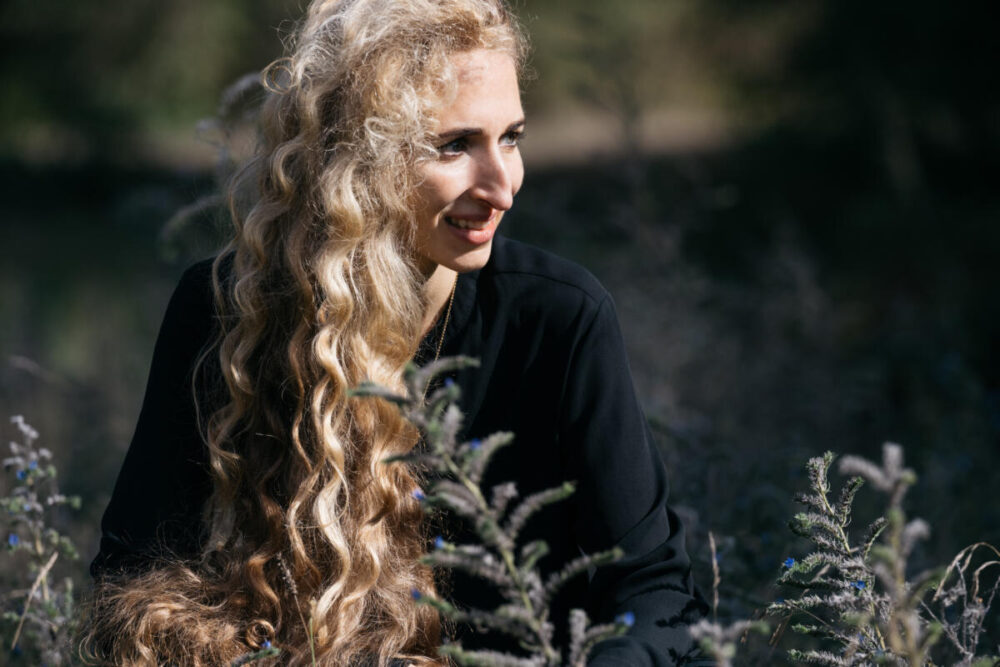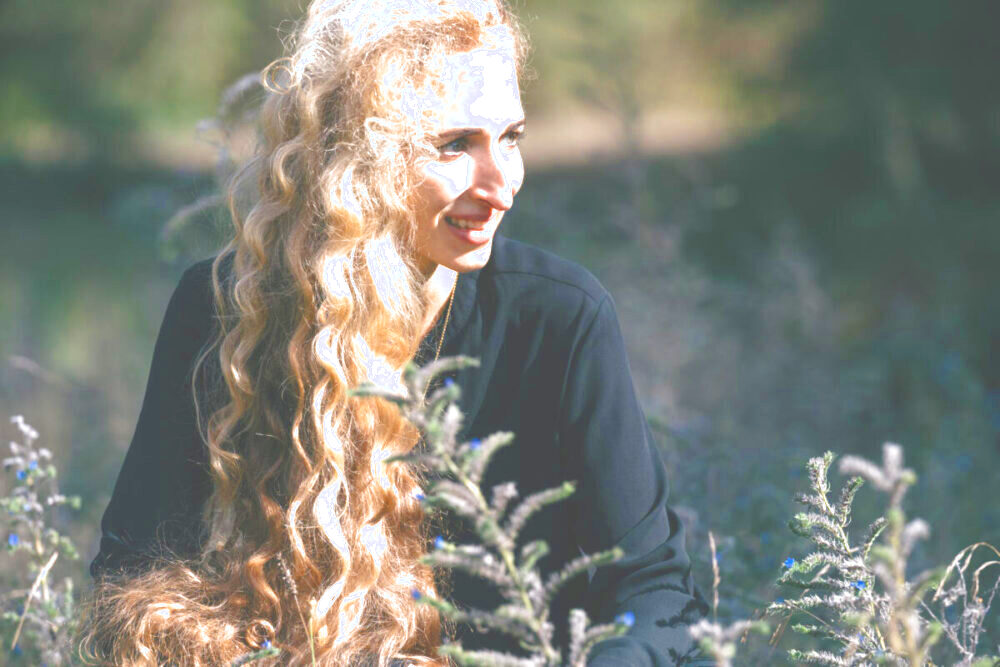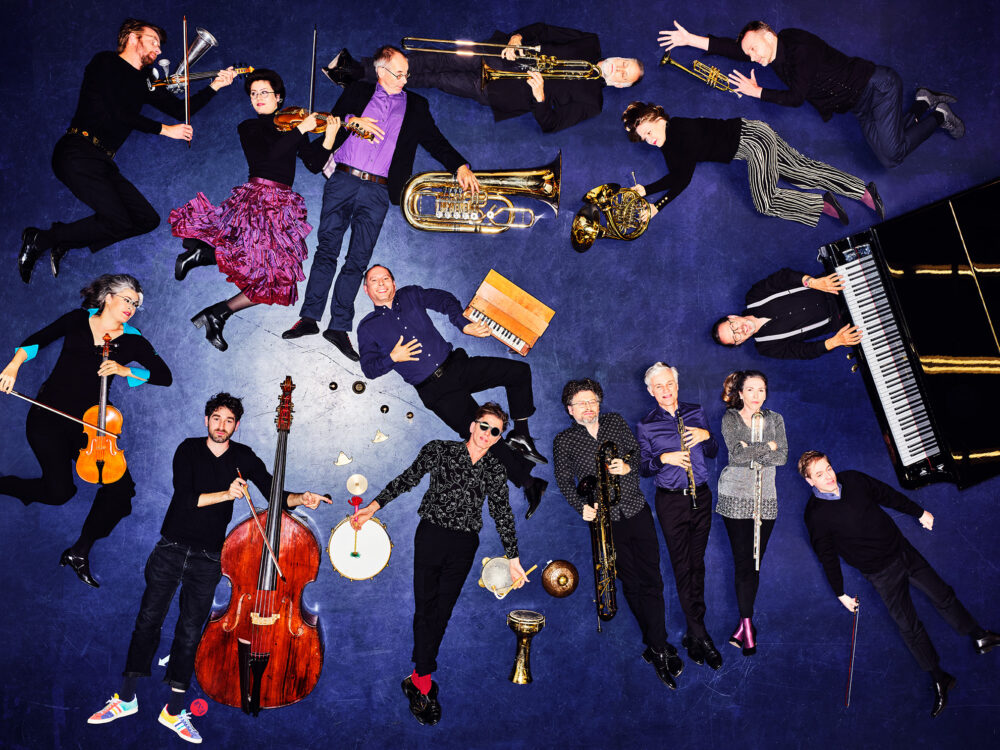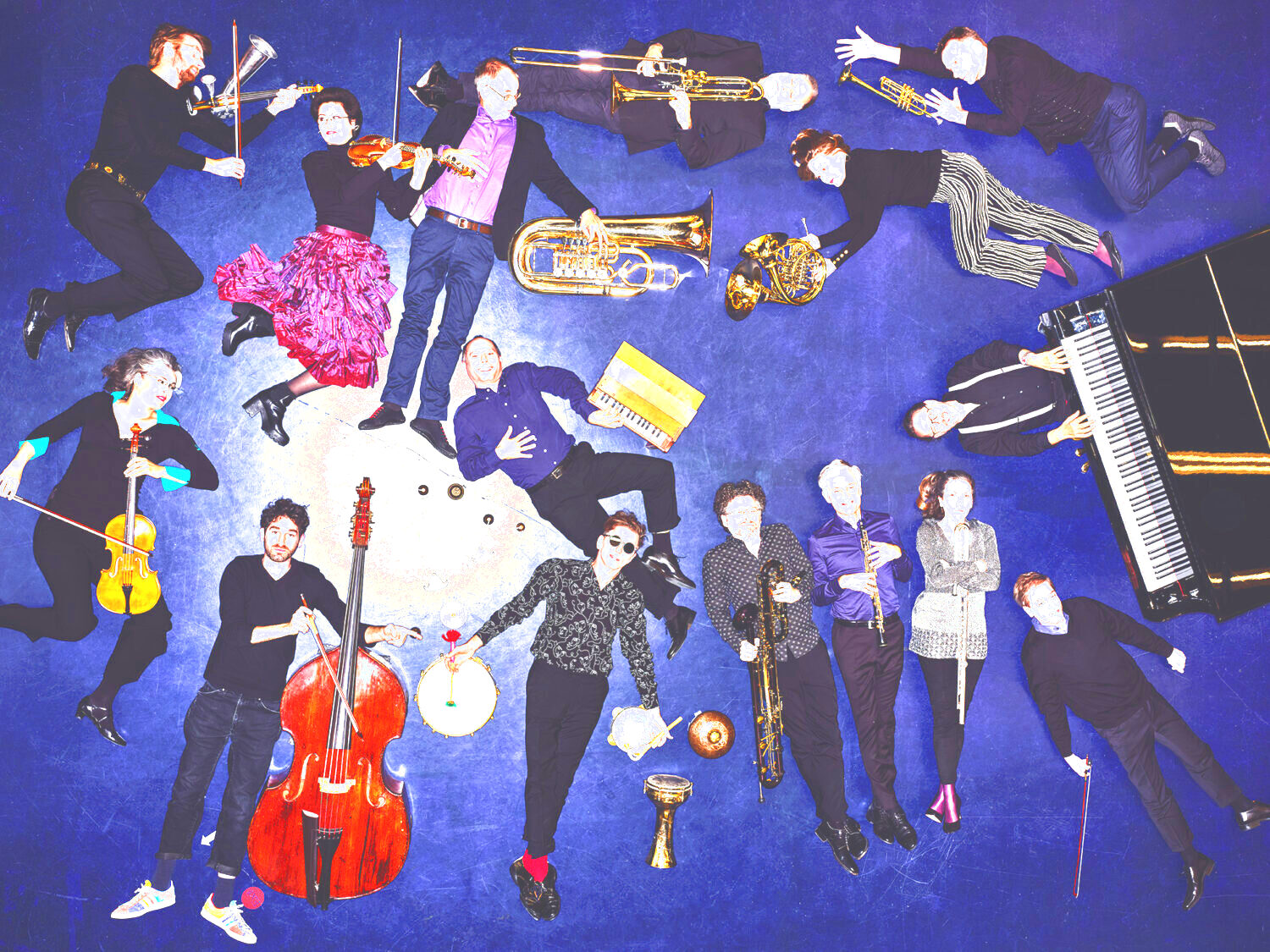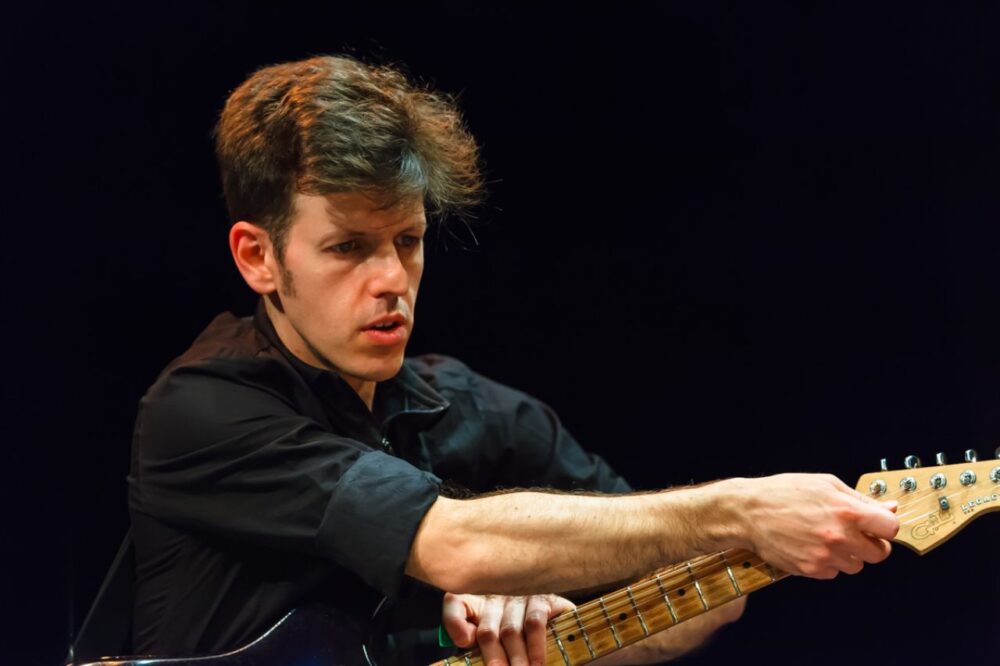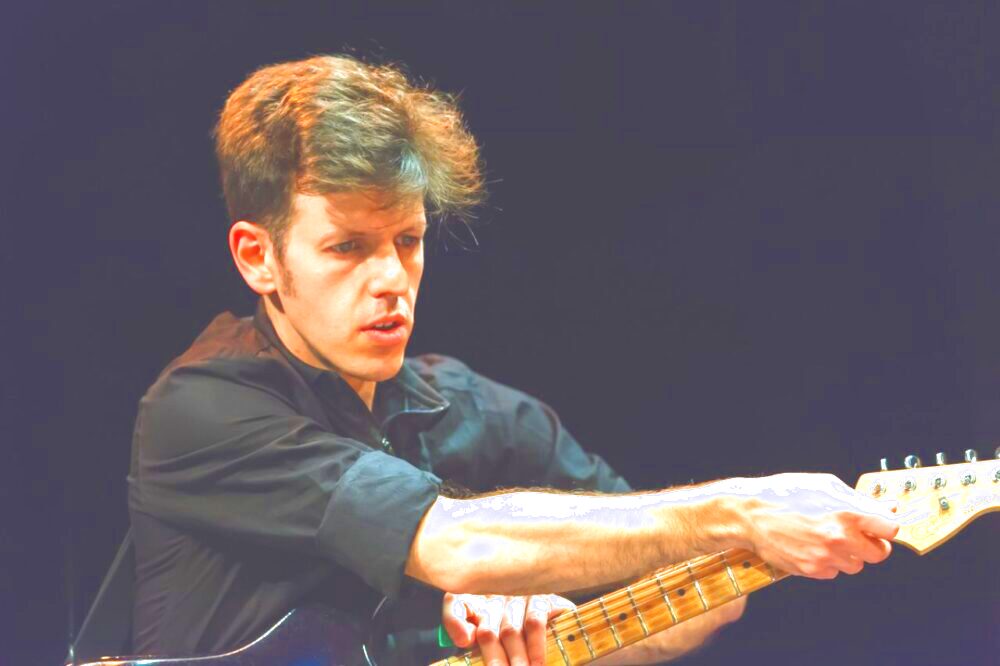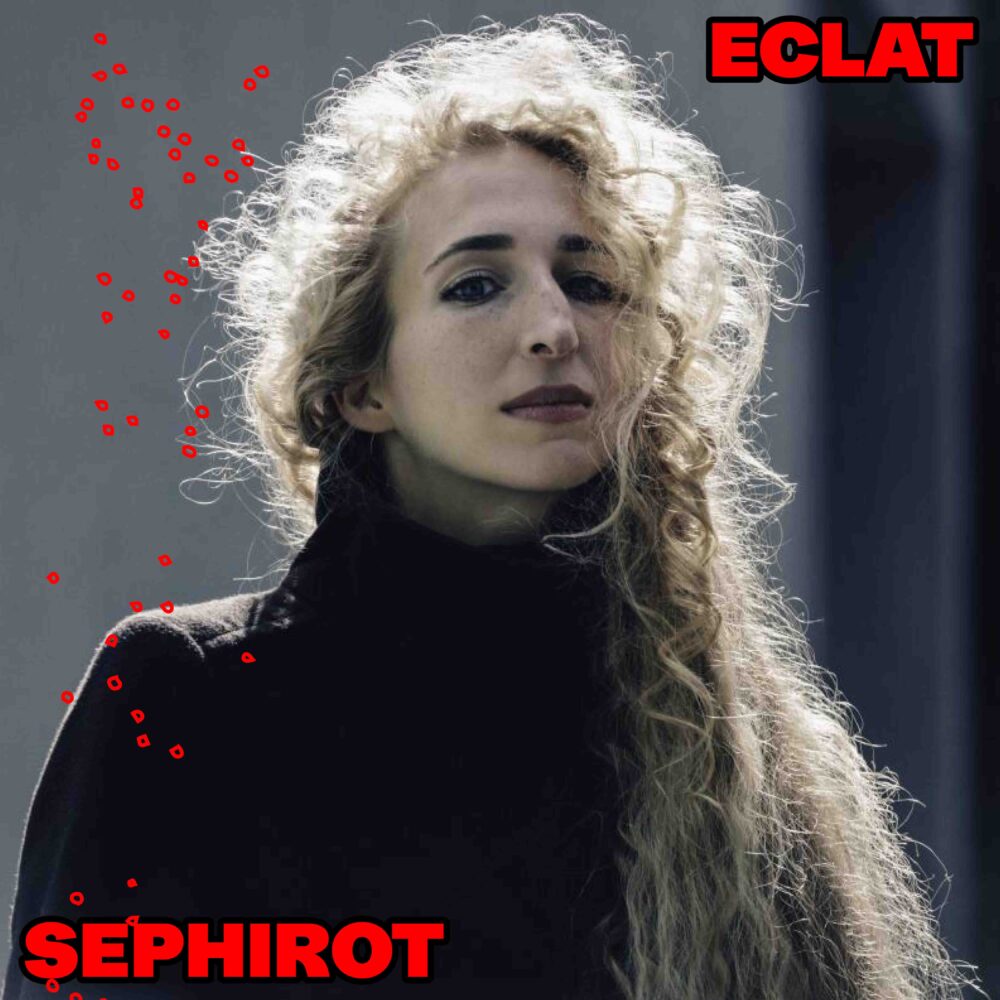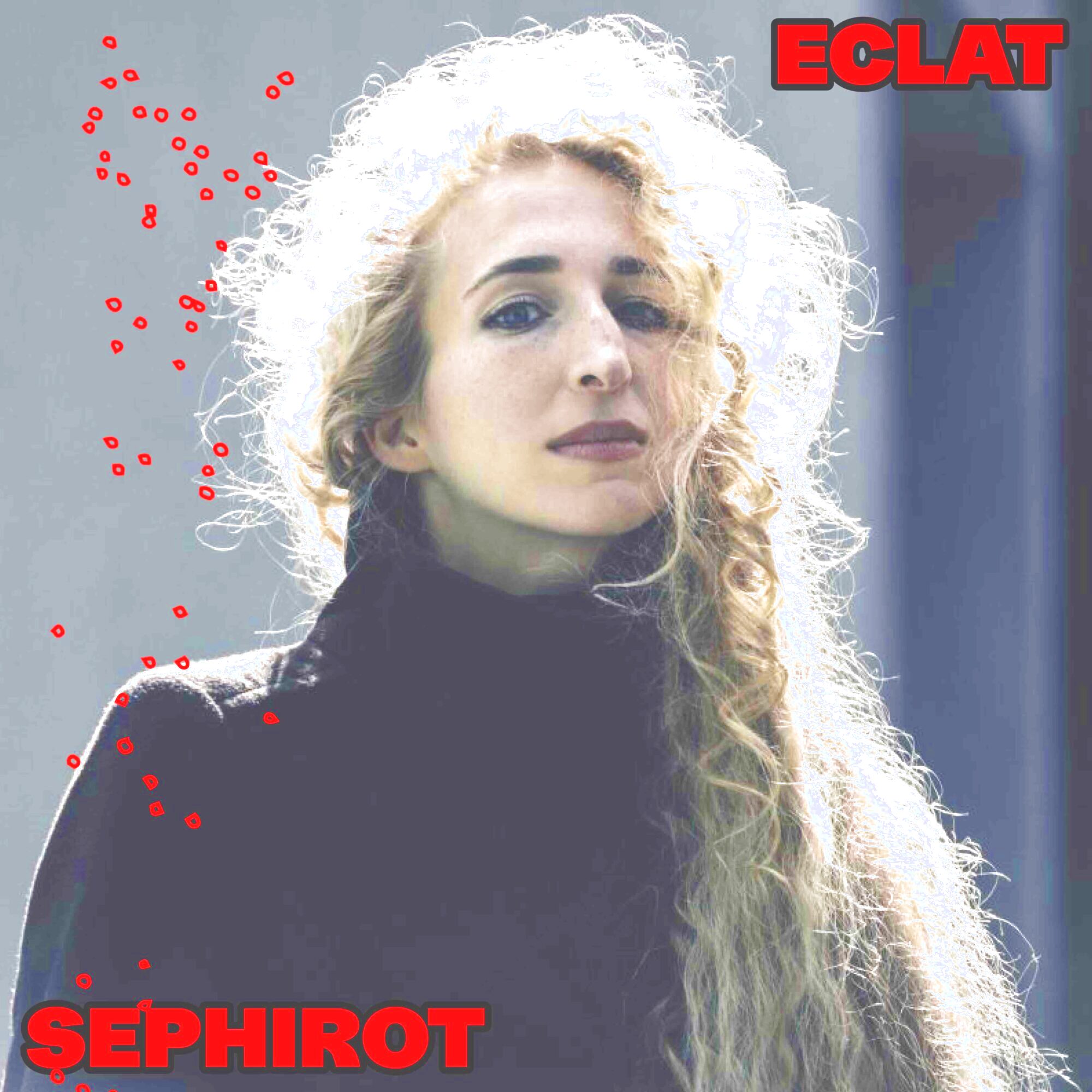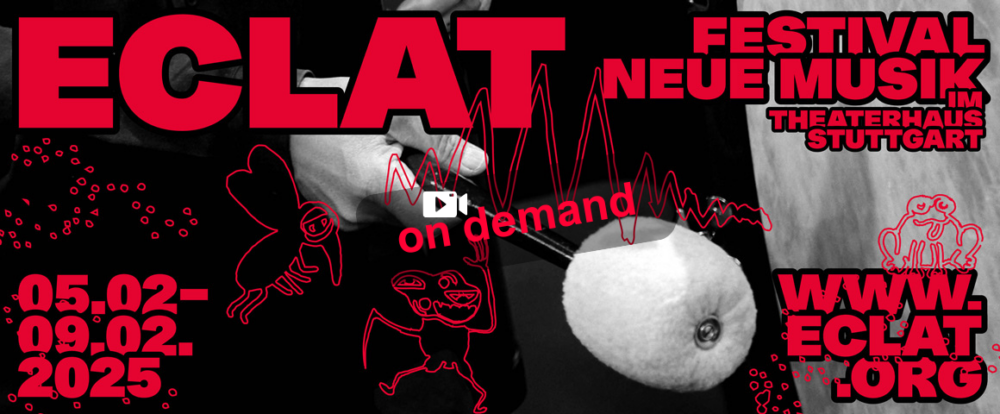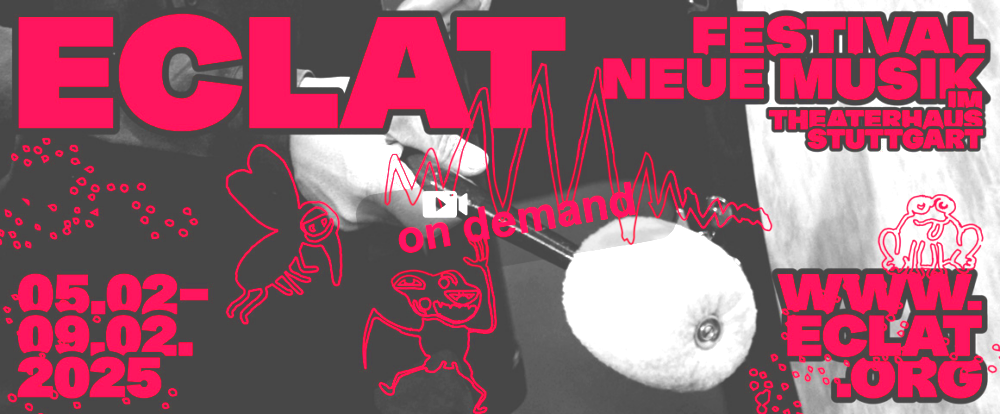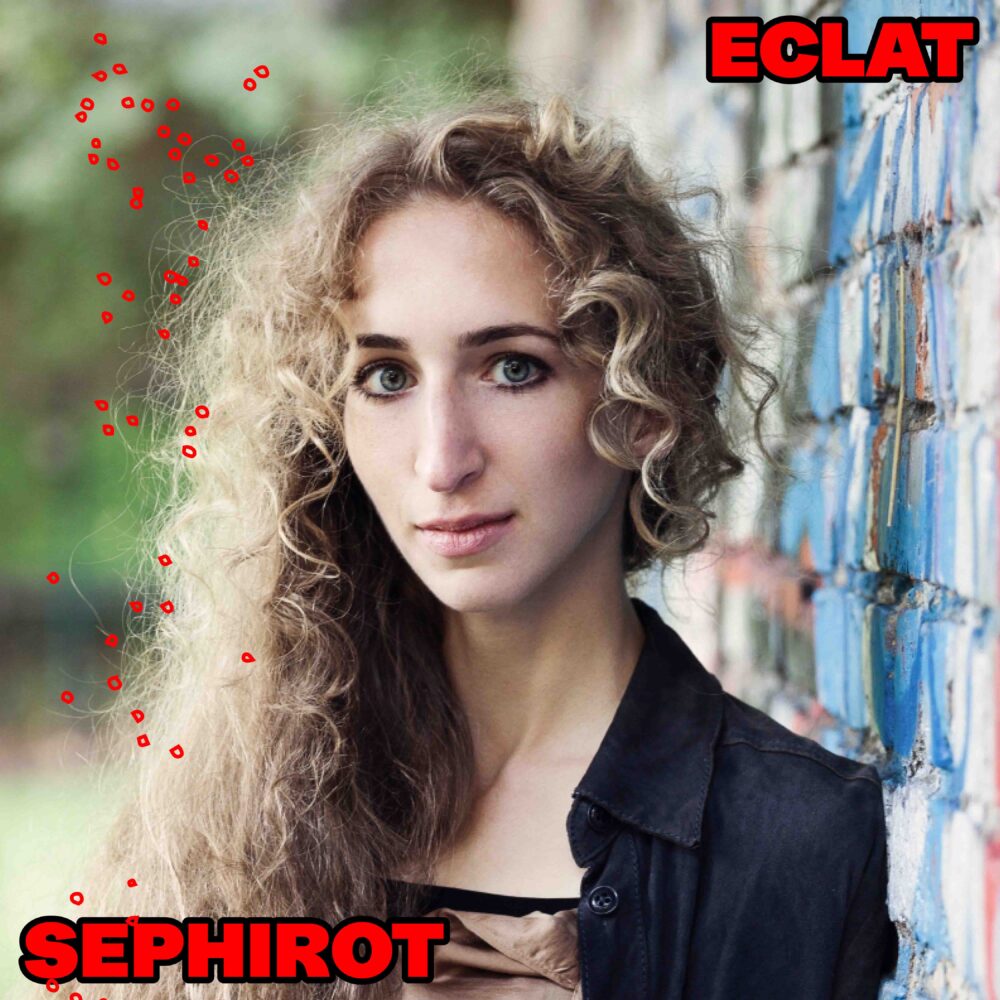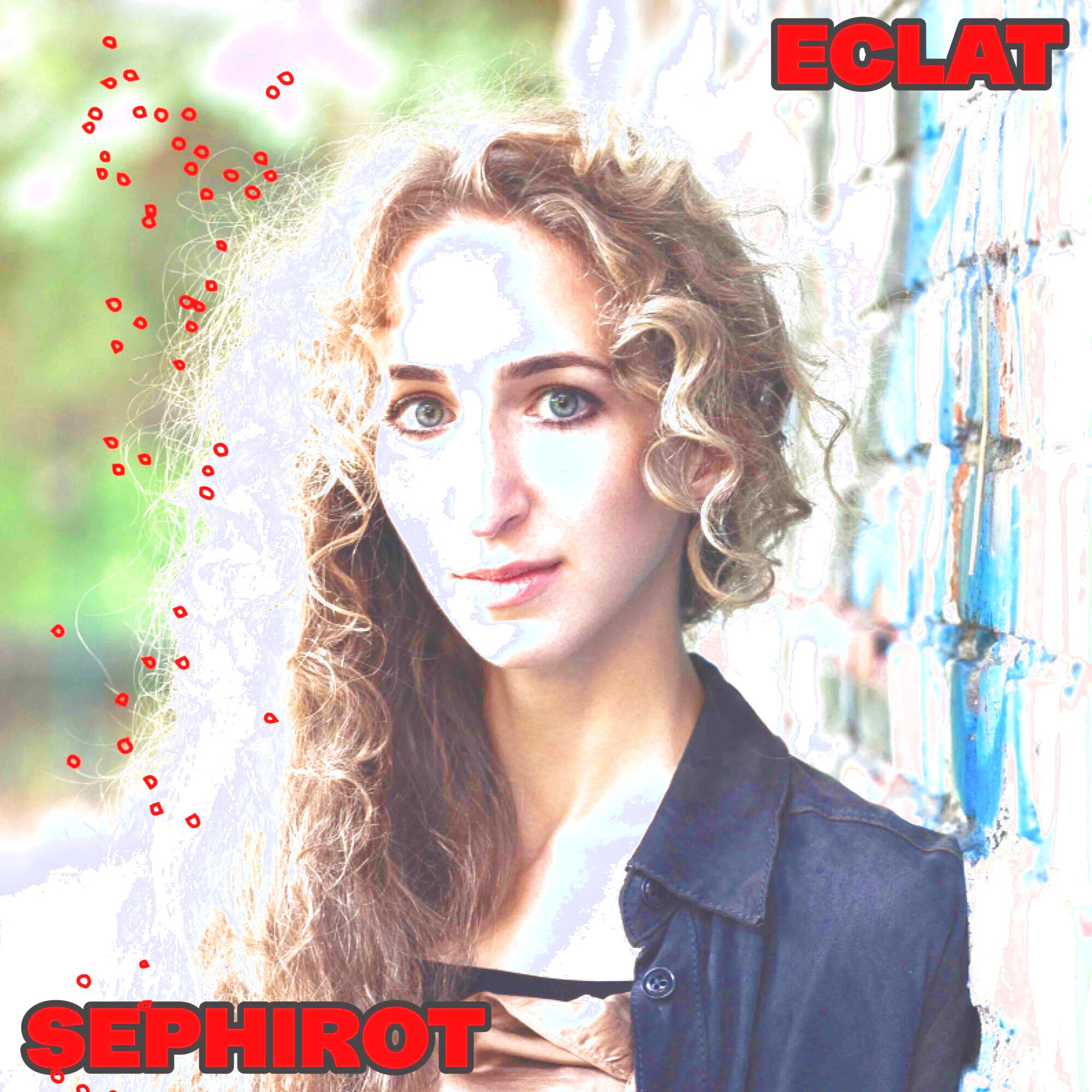Sarah Nemtsov: SEPHIROT
»Sephirot« – hebrew – refers to the ten divine emanations of the Tree of Life (Etz Chaim, םייח ץע) in Jewish mysticism. The concept of the Tree of Life is ancient, and it is mentioned in the Bible. With the rise of mystical teachings, particularly Kabbalah, these concepts were further developed and passed down primarily orally over centuries as a secret doctrine, intertwined with the Kabbalistic creation myths – an attempt to grasp the whole. The model of the Tree of Life is geometrically organized and has a specific structure, divided from 1 to 10: 1 Keter (Crown), which is closest to the Infinite, to the Divine, and 10 Malchut (Kingdom), closest to the material world. The ten emanations/Sephirot are interconnected by 22 paths, often presented in dynamic pairs of opposites, and their structure represents various aspects – both divine and spiritual, as well as aspects of earthly life. Thus, the Sephirot are assigned not only attributes (such as goodness or justice), but also colors, numbers/Hebrew letters, worlds, angels, biblical characters, body parts, shapes, male/female, and many other interpretations. (And of all these, there is also a reverse side.)
There is also an 11th Sephira: Da’at תעד, the inner knowledge. This eleventh Sephira is essentially secret, also called the Non-Sephira or Illusory Sephira, and is believed to find and ensure the balance between all opposing forces and attributes. Harmony.
The Tree of Life is inherently contradictory; in its contemplation, one will rarely come to a “finality.” A tree that roots in the heavens. Personally, I am fascinated by the Kabbalistic concepts because, on one hand, they are very ancient and somewhat archaic, yet they are also very abstract, open, and modern. Many of the concepts are surprisingly relevant and current (besides the Tree of Life, for example, the idea of Creation Tzimtzum as contraction, concentration, in order to make room for the emergence of the Other, or the concept of Tikkun Olam – healing or repairing the world as an ongoing process, to which everyone should contribute a part).
Since around 2020, I have been engaging with Kabbalah in my compositions. Several cycles and individual works have emerged from this exploration: the tetralogy TZIMTZUM (2020-2023) for the Nikel Ensemble and Orchestra, KADOSH (2021) for solo violin and electronics, OR BAHIR (2023) for the Arditti Quartet, and the trilogy MA‘ALOT (2020-2024) for the Ensemble Musikfabrik (comprising the works CHESED, KETER, and MALCHUT) as part of the SEPHIROT cycle. The new works in the Sephirot cycle (all from 2024) have grown out of this trilogy for the Ensemble Musikfabrik.
Thus, a kind of metacycle has emerged over several years, in which compositional ideas have continued to resonate through double lines, a creative challenge and renewal for me. Of course, it is audacious to try to “musically render” Kabbalistic concepts. Impossible. It has been a subjective approach — which is why I have also countered things or raised questions. One does not need to know the Kabbalah in order to listen to or “understand” the pieces. In the end, they are just sounds. That is the most important thing. The concepts were an inspiration for me personally; otherwise, I would not have been able to write these works in this way.
Given the ever-more catastrophic state of the world, all the destruction and violence — one could imagine Walter Benjamin’s Angel of History in this time — this artistic engagement may have also been a form of solace, retreat, or support. (If only.)
G’VURAH (2024) for solo double bass, amplified with effect pedals – motoric, inherent polyphony, microtonal movements; true ‘strength’ might only be found in fragility towards the end. For Florentin Ginot.
BINAH.CHOCHMAH (2024) for Lupophon, bass clarinet with turntables – two Sephirot, facing each other or connected, meet. The deep woodwind instruments are like two oversized birds calling to each other and trying to fly. Turntables as commentary or mediation. Dedicated to the Ensemble Musikfabrik and Thomas Fichter.
NETZACH (2022/2024) Installation for glass cube, the material for the tape is connected with the ensemble composition Chesed (2022) – the installation can stand alone (ad infinitum) or serve as a transition here. In memoriam Uli Löffler.
YESOD (2024) for piccolo with radio and prepared (littered) drum kit. Somewhere between catastrophe, structure, and play. The piccolo flute almost like a metronome or monitoring beep or MRI. Composed for Ensemble Musikfabrik, dedicated to my son David (next generation of hope).
TIPHERET (2024) for electric violin and electronics – breathing sounds and micro-melodies, sometimes altered with effects – they continually travel via transducer into a thunder sheet, a magical mirror, where hidden spectrums and frequencies become audible, other beauties, rough, cloudy surfaces. For Hannah Weirich.
HOD (2024) for horn, trumpet, and tuba with objects. Shiny instruments whose rays have collapsed, broken, tipped over, or folded inwards. A few boxes rattle strangely. The task is to find the way. For Ensemble Musikfabrik.
DA’AT (2024) for solo electric guitar. Only hands and the instrument (and foot pedals). The scordatura of the strings allows for special harmonic sound spaces. An inner knowledge. Who by fire, who by water. Dedicated to and composed for Yaron Deutsch.
(Sarah Nemtsov)


